In a CAN network, all nodes' data is transmitted and received to share a single bus. When faced with an unknown multi-node CAN bus network, how to accurately analyze the communication protocol between nodes?
First, CAN bus communication methodSimilar to 485, CAN-Bus is also communicated by bus, and all CAN nodes are hung on a pair of differential lines. However, the nodes in the CAN bus do not have the concept of master-slave. When the nodes have data to upload, they can send them autonomously and instantaneously. The advanced arbitration mechanism ensures that the data does not conflict.
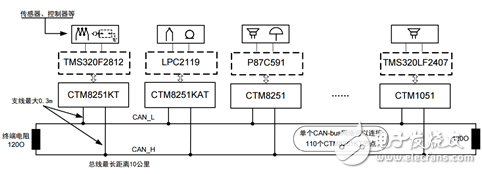
Figure 1 CAN bus communication method
Second, CAN bus protocol analysisCompared with the standard communication seven-layer model, the CAN bus can be roughly divided into a physical layer, a link layer, and an application layer. The node ID number can be obtained by parsing the link layer. If the link layer is parsed for an "unencrypted" CAN bus, a CAN bus interface card (also called a CAN box) can be used. This kind of tool can convert CAN communication into USB, PCI and other communication methods, generally used with computers. To perform a comprehensive analysis of the CAN bus, a professional bus analyzer is required. CANScope is a comprehensive instrument that integrates CAN node testing and calibration, CAN bus fault diagnosis and resolution.
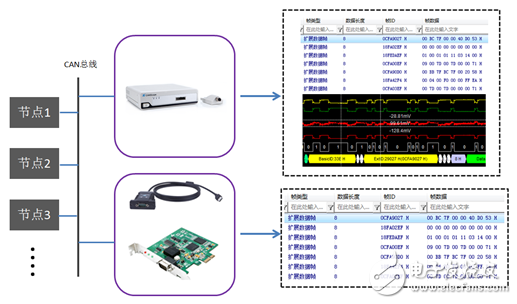
Figure 2 CAN bus capture tool and method
Third, the application of multi-channel CAN cardThe bus protocol analysis mentioned above is performed on the premise that there are few bus nodes and the node ID is known. When facing a network with unknown protocol and many nodes and unknown node ID, the first thing to do is to extract the packets in each CAN and identify each node ID.
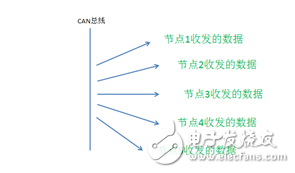
Figure 3 Data separation and extraction
If each node is taken out separately for testing, the original communication rules will be destroyed. How to find out an unfamiliar transceiver protocol without destroying the original communication? The so-called workers want to do their best, they must first sharpen their tools. You need a CAN card that can send and receive multiple CAN data at the same time. USBCAN-8E-U is the test tool.
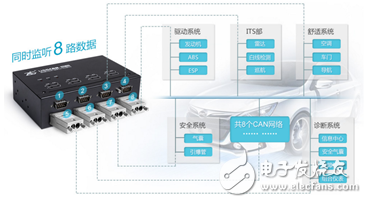
Figure 4 USBCAN-8E-U
USBCAN-8E-U integrates 8 channels of CAN-bus interface, and can be used for routing (forwarding) between channels. When identifying the node ID, the node can be connected to 8 CAN interfaces at the same time, and then 8 channels of CAN communication can be freely forwarded to ensure that the original network communication rules are not damaged. The powerful PC software displays the CAN messages sent and received by each channel separately according to the channel, and the data analysis is clear at a glance.
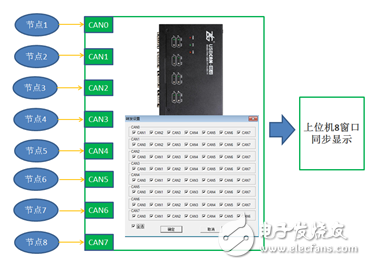
Figure 5 Multi-node CAN network analysis
Cable Entrance Protective Sleeve and Sharpener
Cable Entrance Protective Sleeve
MARSHINE cable entrance protective sleeve is able to prevent the cable from damage when entering the tube. This tube end has horn shape.
Ningbo MARSHINE Power Technology Co., Ltd. is a professional engaged in the development, design and manufacture of power engineering construction equipment and tools.
MARSHINE company produces circuit construction tools, including foundation construction, tower group lap. Wiring structure. Cable construction, cable construction, mobile knife mill, insulated overhead cable and high voltage cable stripper, all kinds of aluminum alloy pull rod, guide rail, grounding device, high strength shackle, ratchet wrench and pointed wrench, double hook tight line device, lifting pulley, nylon wheel and aluminum wheel, punching machine ect.
MARSHINE continues to carry forward the enterprise spirit of "integrity, development, innovation" and strive for the prosperity and development of the electric power industry.
Welcome to contact MARSHINE and reach cooperation, thank you!
Cable Entrance Protective Sleeve,Cable Entry Sleeve,Protective Cable Sleeves,Cable Protection End Sleeve
MARSHINE , https://www.puller-tensioner.com
